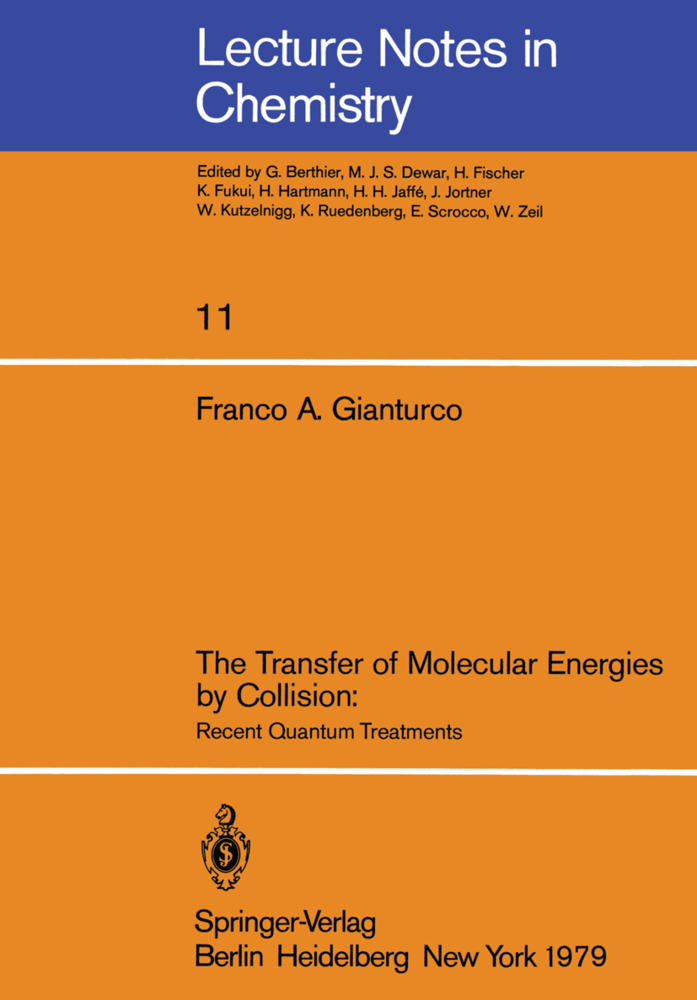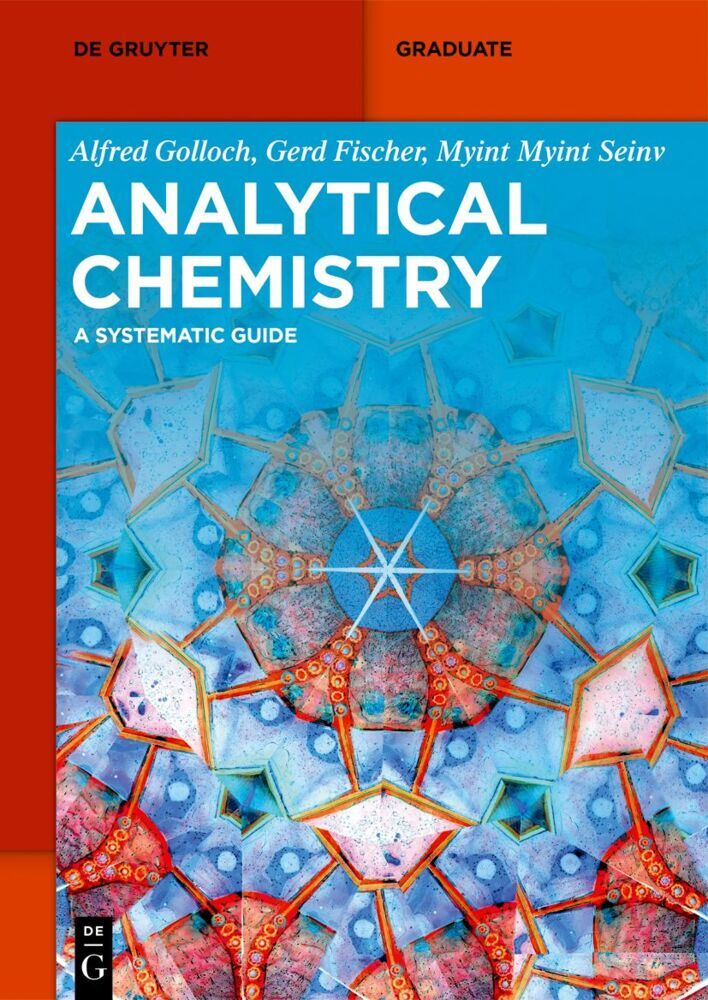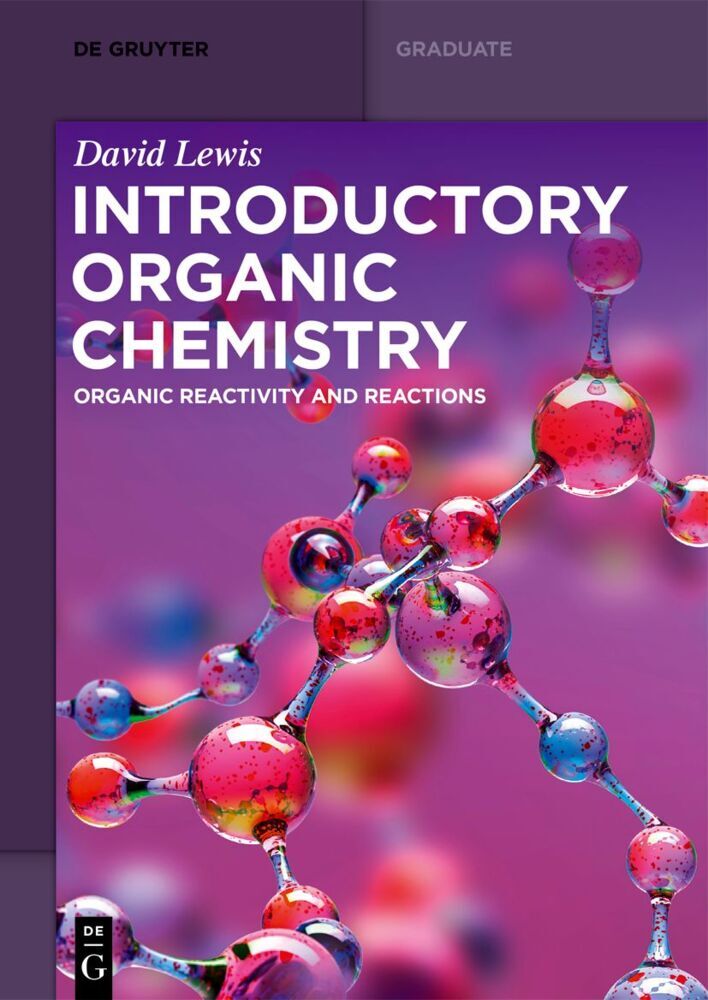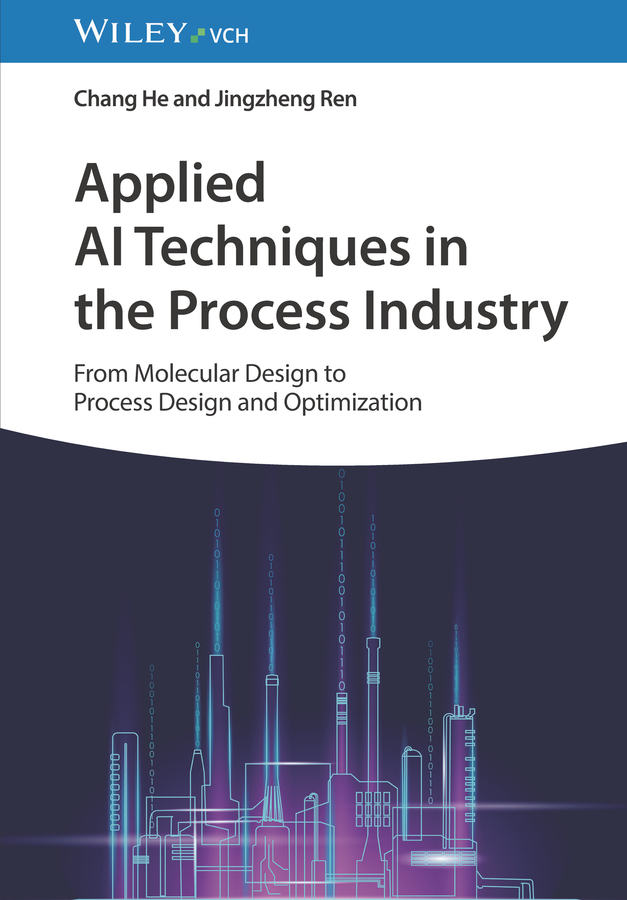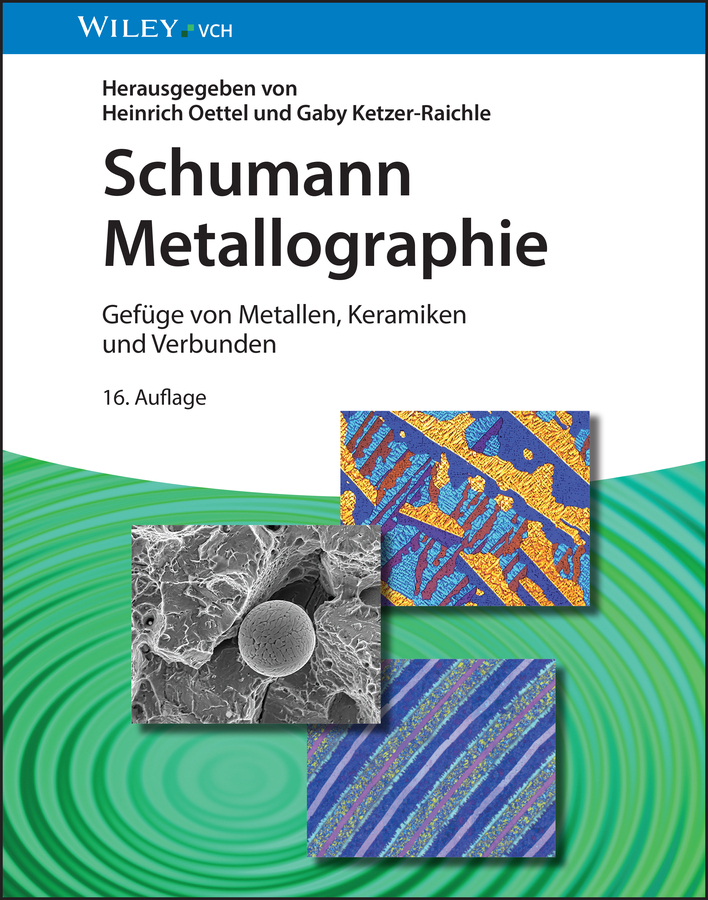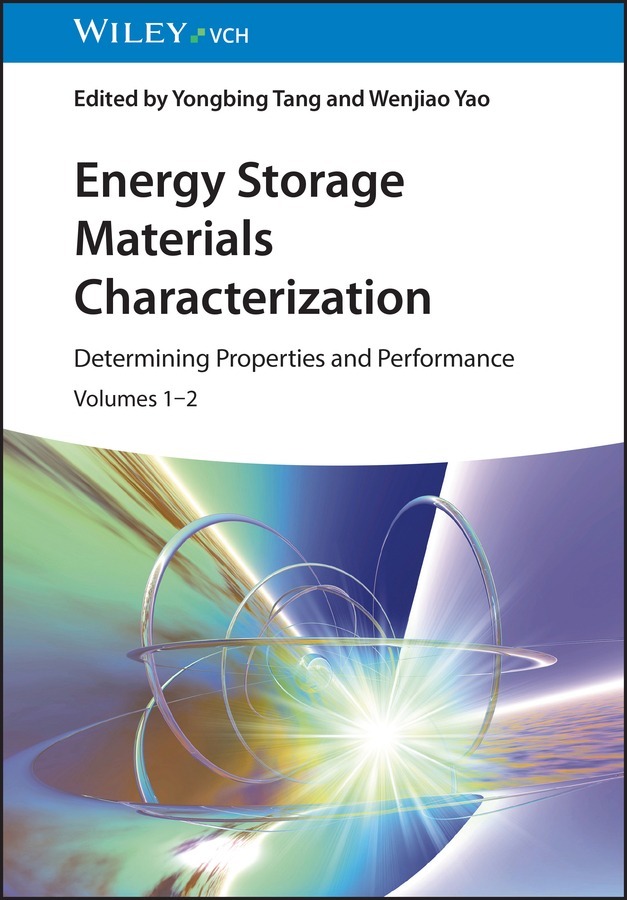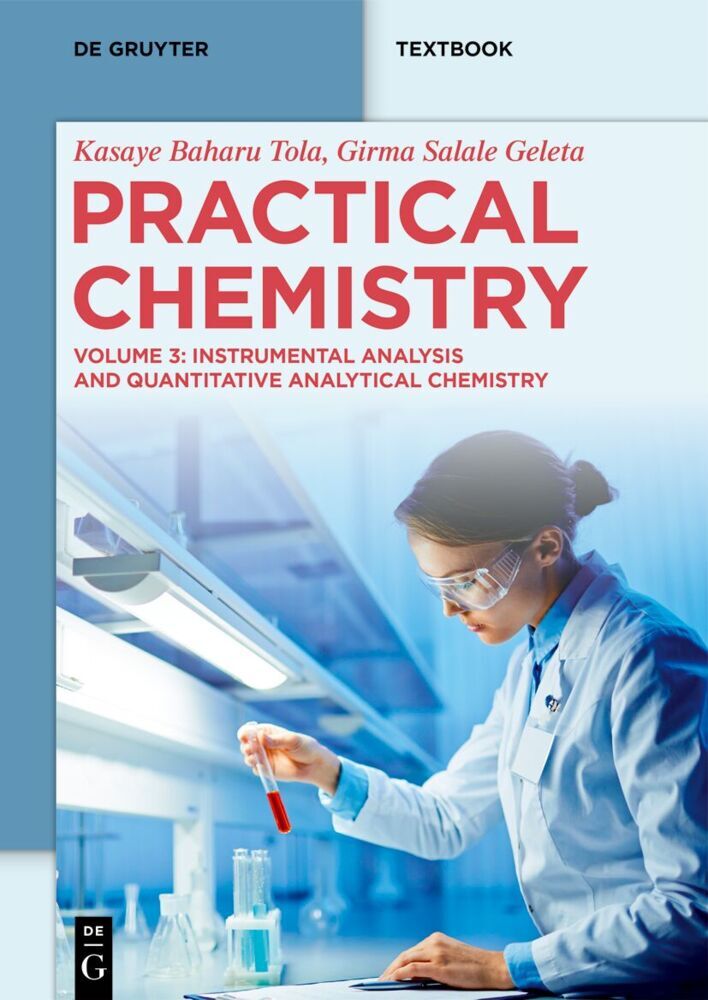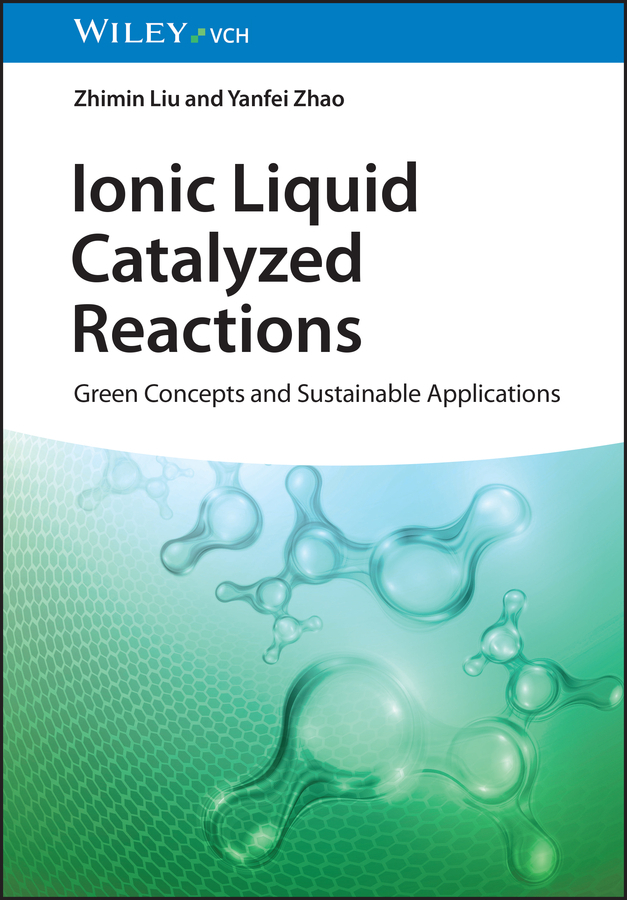The Transfer of Molecular Energies by Collision: Recent Quantum Treatments
The Transfer of Molecular Energies by Collision: Recent Quantum Treatments
I I These Lecture Notes are intended as an introduction to the theoretical formulation and computational aspects of the molecular energy transfer processes which take place in an increasingly sophisticated range of molecular scattering experiments. They are directed to chemistry graduate students and emphasize the quantum mechanical approach, with little or no attention to classical and semi classical treatments or to formal presentations. Several Sections of the first Chapters are based on lectures given at the Graduate School of Physics of the University of Genoa a few years ago and I thank the students for their sense of duty in following to the end all those no tation-filled blackboards and transparencies. The kind patience of my wife Carolyn in reading the whole manuscript and improving its form is gratefully acknowledged. Franco A. Gianturco Bari, September 1978 CON TEN T S FOREWORD I NTRODUCTI ON Page 1. A RESUME OF QUANTUM MECHANICAL POTENTIAL SCATTERING 1. 1. General formulation of the problem Page 5 1. 2. Solutions of the radial equation 10 " 1. 3. The method of partial waves 13 1. 4. Some properties of 61. The Born appro~imation 18 1. 5. Properties of the S-matrix: bound states and resonances 23 1. 6. Classical and semiclassical scattering,a set of defi- tions 34 References 44 2. POTENTIAL ENERGY HYPERSURFACE CALCULATIONS FOR SIMPLE SYSTEMS 2. 1. Kinematic considerations 45 2. 2. General development of a priori method 52 2. 3. Some approximate treatments 68 2. 4.
1.2. Solutions of the radial equation
1.3. The method of partial waves
1.4. Some properties of ??. The Born approximation
1.5. Properties of the S-matrix: bound states and resonances
1.6. Classical and semiclassical scattering,a set of definitions
References
2. Potential Energy Hypersurface Calculations for Simple Systems
2.1. Kinematic considerations
2.2. General development of a priori method
2.3. Some approximate treatments
2.4. The electron gas model
2.5. A survey of recent applications
References
3. Rotational and Vibrational Inelasticity in Molecular Encounters
3.1. Introduction
3.2. Quantum treatments of inelastic collisions
3.3. The rotational behaviour of molecules
3.4. Rotational excitation in atom-molecule collisions: the SF reference frame
3.5. Rotational excitation in atom-molecule collision: the helicity representation
3.6. The vibro-rotational extension
3.7. Molecule- molecule inelastic encounters
3.8. Applications
References
4. Dimensionality Reduction Methods for Rotovibrational Cross Section Calculations
4.1. Introduction
4.2. The CS approach
4.3. The sudden approximation methods
4.4. The effective potential treatment
4.5. The BSA treatments of purely vibrational inelasticity
4.6. The LD simplifications
4.7. The distorted wave approximations
4.8. General conclusions
References
5. Numerical Methods for the Coupled Equations: A Survey
5.1. Introduction
5.2. The De Vogelaere's method
5.3. The Numerov methods
5.4. The methods of piecewise analytic solutions
5.5. The solutions via integral equations
5.6. The coupled channel R-matrix methods
5.7. The variable phase methods.-References
6. Rotovibrational Relaxation Models in Simple Gases
6.1. Introductions
6.2. An outline of experiments
6.3. The rate equations
6.4. The H2 - He relaxations and other examples
References.
1. A Résumé of Quantum Mechanical Potential Scattering
1.1. General formulation of the problem1.2. Solutions of the radial equation
1.3. The method of partial waves
1.4. Some properties of ??. The Born approximation
1.5. Properties of the S-matrix: bound states and resonances
1.6. Classical and semiclassical scattering,a set of definitions
References
2. Potential Energy Hypersurface Calculations for Simple Systems
2.1. Kinematic considerations
2.2. General development of a priori method
2.3. Some approximate treatments
2.4. The electron gas model
2.5. A survey of recent applications
References
3. Rotational and Vibrational Inelasticity in Molecular Encounters
3.1. Introduction
3.2. Quantum treatments of inelastic collisions
3.3. The rotational behaviour of molecules
3.4. Rotational excitation in atom-molecule collisions: the SF reference frame
3.5. Rotational excitation in atom-molecule collision: the helicity representation
3.6. The vibro-rotational extension
3.7. Molecule- molecule inelastic encounters
3.8. Applications
References
4. Dimensionality Reduction Methods for Rotovibrational Cross Section Calculations
4.1. Introduction
4.2. The CS approach
4.3. The sudden approximation methods
4.4. The effective potential treatment
4.5. The BSA treatments of purely vibrational inelasticity
4.6. The LD simplifications
4.7. The distorted wave approximations
4.8. General conclusions
References
5. Numerical Methods for the Coupled Equations: A Survey
5.1. Introduction
5.2. The De Vogelaere's method
5.3. The Numerov methods
5.4. The methods of piecewise analytic solutions
5.5. The solutions via integral equations
5.6. The coupled channel R-matrix methods
5.7. The variable phase methods.-References
6. Rotovibrational Relaxation Models in Simple Gases
6.1. Introductions
6.2. An outline of experiments
6.3. The rate equations
6.4. The H2 - He relaxations and other examples
References.
Gianturco, F. A.
| ISBN | 978-3-540-09701-3 |
|---|---|
| Artikelnummer | 9783540097013 |
| Medientyp | Buch |
| Copyrightjahr | 1979 |
| Verlag | Springer, Berlin |
| Umfang | VIII, 329 Seiten |
| Abbildungen | VIII, 329 p. |
| Sprache | Englisch |

